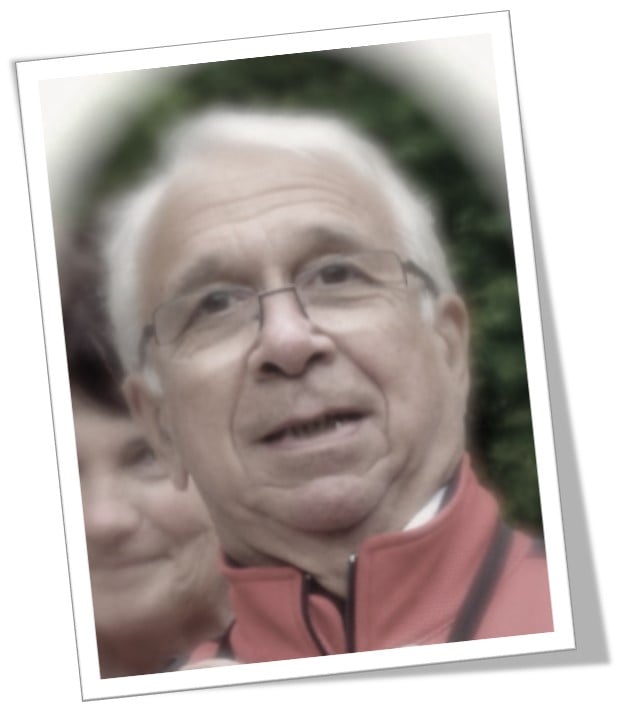Sonochemistry: Understanding of Ultrasonic-Based Phenomena and Innovative Applications in Chemistry: A Commemorative Issue in Honor of Dr. Jean-Louis Luche
A special issue of Molecules (ISSN 1420-3049). This special issue belongs to the section "Green Chemistry".
Deadline for manuscript submissions: closed (31 October 2022) | Viewed by 8900
Special Issue Editor
Interests: green chemistry; sonochemistry; sonophotochemistry; catalysis; organic chemistry; eco-extraction; ultrasound; ionic liquids; supercritical fluids; microwaves; oxidation reactions; biomass conversion; cellulose processing; lignin valorization; waste valorization; sustainable chemical processes, circular economy
Special Issues, Collections and Topics in MDPI journals
Special Issue Information
Dear Colleagues,
It is a great honor for me to be the guest editor of this Commemorative Issue in homage to Dr. Jean-Louis Luche. Unfortunately, I never had the opportunity to meet Dr. Luche, who ended his career in the laboratory in which I currently work (LCME, Univ. Savoie Mont Blanc). However, he is an important reference in the history of sonochemistry through his scientific contribution, but also in my career, since his work has always inspired me, since my thesis, and continues to guide me in my current research involving organic sonochemistry. I personally thank Marie-Jacqueline Luche et her daugthers Béatrice, Sylvie, Stéphanie and Nathalie for the exchanges we had and for supporting the posting of this Commemorative Issue.

Jean-Louis Luche was born in Pithiviers in France in 1941. He graduated from the National School of Chemistry of Paris (1963) and obtained his doctorate at the Collège de France (1968) in a team supervised by Prof. Henri B. Kagan. After a postdoctoral internship in Canada, he started a brilliant career at the CNRS (France) and obtained the CNRS Silver Medal in 1991. Within the Laboratoire d’Études Dynamiques et Structurales de la Sélectivité (LEDSS) of Grenoble, he was interested in the stereochemistry of the allenes and the possibilities offered by lanthanides. At the end of the 1970s, he described the efficient selective reduction of α,β-unsaturated ketones by the action of the NaBH4-CeCl3 complex in alcoholic medium, known as “Luche reduction”.
In his book entitled Synthetic Organic Sonochemistry, Dr. Luche wrote in 1998: “Almost 20 years ago, we had to perform an apparently simple Grignard reaction with n-butylmagnesium bromide and geranial, but the results were repeatedly unsatisfactory. The one-pot Barbier technique was attempted, also without success. From my studies at the University, I imagined that the failure of the latter reaction could be caused by common phenomenon known by solid state chemists as passivation, which in some cases can be overcome by ultrasonication. By chance, an ultrasonic bath was sitting on the next bench, borrowed to clean some equipment. We clamped our reluctant reaction mixture into the bath, the reaction proceeded vigorously and… the adventure started!”
The research work developed by Luche makes him one of the pioneers of sonochemistry, in particular organic sonochemistry. In addition to the numerous examples and applications developed, Dr. Luche proposed a theory for classifying and predicting the different effects of ultrasound according to the studied reactions. He was also convinced of the need to bring together a community of scientists working on chemistry under ultrasound, allowing the creation of the European Society of Sonochemistry and the organization of its first international congress in France in 1990.
After three years at the Université Paul Sabatier in Toulouse (France), he joined in 1996 his Alps and the young Université de Savoie and the Laboratoire de Chimie Moléculaire et Environnement (LCME), where he was hosted by one of his first PhD students when he was in Grenoble, Prof. Christian Pétrier.
A great reader and passionate about music, Spain, and mountain walks, Dr. Luche left us on 24 March 2014.
The journal is pleased to be publishing a commemorative issue in honor of Dr. Jean-Louis Luche for his outstanding contributions to sonochemistry. This Special Issue of Molecules welcomes the submissions of unpublished manuscripts of original work or reviews on sonochemistry and the use of ultrasound in chemistry from fundamental to applicative research.
Dr. Gregory Chatel
Guest Editor
Manuscript Submission Information
Manuscripts should be submitted online at www.mdpi.com by registering and logging in to this website. Once you are registered, click here to go to the submission form. Manuscripts can be submitted until the deadline. All submissions that pass pre-check are peer-reviewed. Accepted papers will be published continuously in the journal (as soon as accepted) and will be listed together on the special issue website. Research articles, review articles as well as short communications are invited. For planned papers, a title and short abstract (about 100 words) can be sent to the Editorial Office for announcement on this website.
Submitted manuscripts should not have been published previously, nor be under consideration for publication elsewhere (except conference proceedings papers). All manuscripts are thoroughly refereed through a single-blind peer-review process. A guide for authors and other relevant information for submission of manuscripts is available on the Instructions for Authors page. Molecules is an international peer-reviewed open access semimonthly journal published by MDPI.
Please visit the Instructions for Authors page before submitting a manuscript. The Article Processing Charge (APC) for publication in this open access journal is 2700 CHF (Swiss Francs). Submitted papers should be well formatted and use good English. Authors may use MDPI's English editing service prior to publication or during author revisions.
Keywords
- power ultrasound
- sonochemistry
- sonochemical cavitation
- mechanisms
- applications
- reactivity
- organic chemistry
- materials
- polymers
- radical species
- theory






